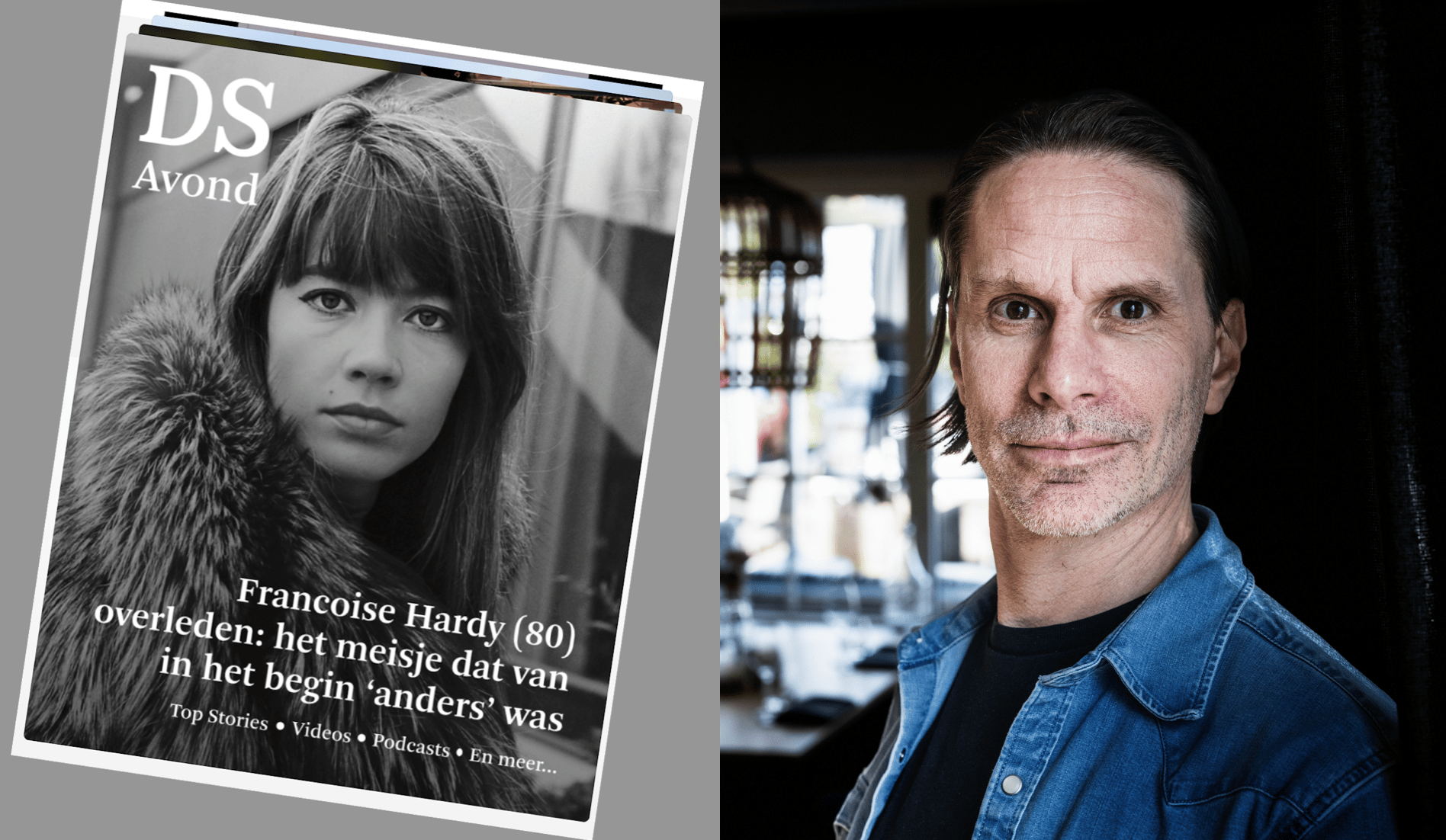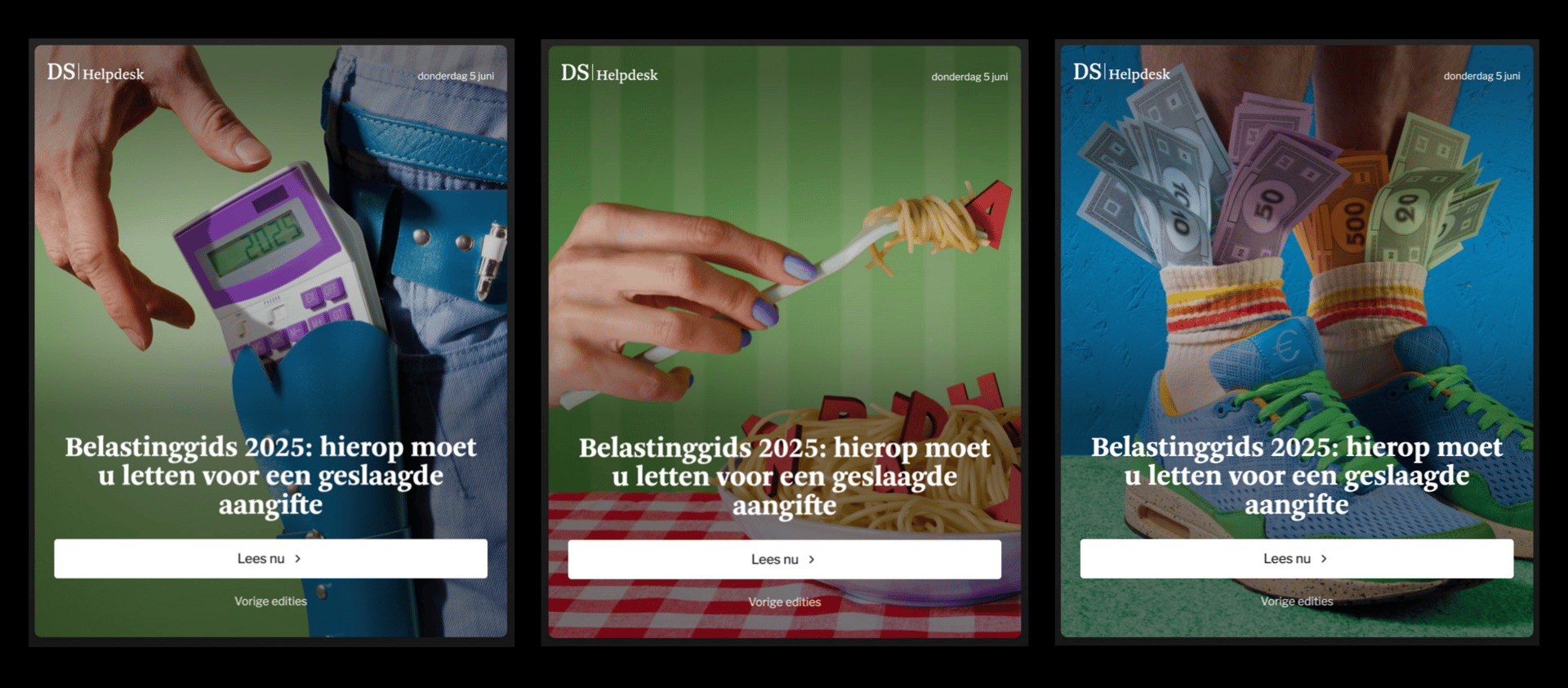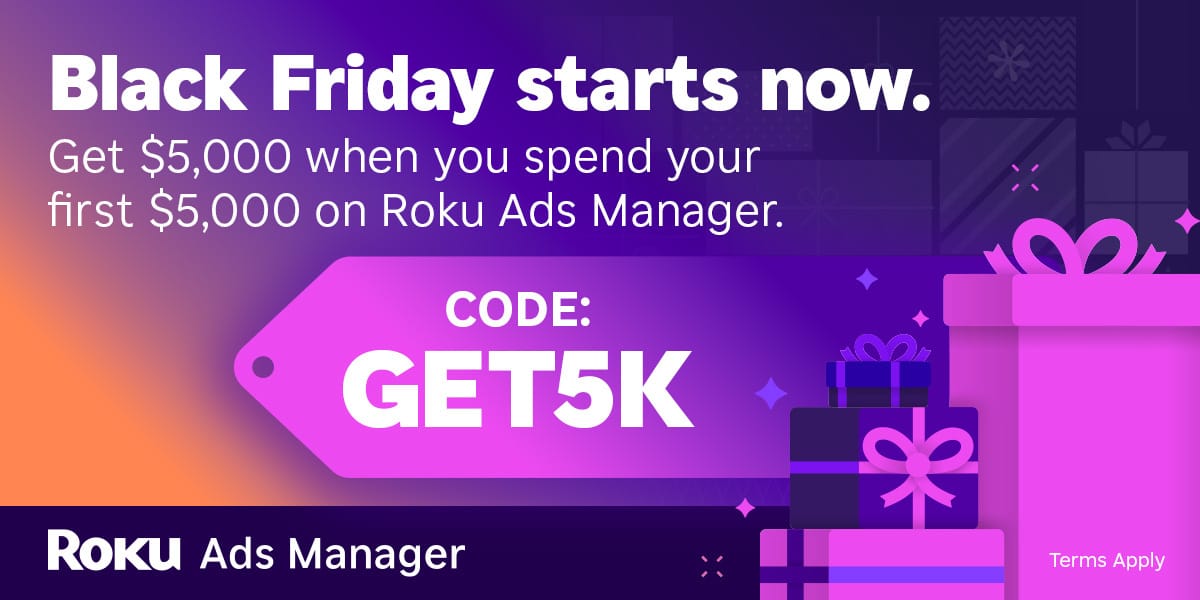
Left: A bundle with stacked cards for swiping. DS Avond is the digital-only evening edition of the Belgian newspaper De Standaard. Right: GerBen Van ‘t Hek wants to reach new audiences with repurposed content.
A note to my subscribers:
News Machines is a free newsletter, only supported by ads. I don’t make any money with it, and it costs me money to host it on Beehiiv. If you value my weekly case studies and want to keep this newsletter free, please don’t ignore the ads (I get paid per click). There is only one ad per newsletter and I select only relevant advertisers. Thank you!
In June, I had the pleasure to be a speaker at the same conference as GerBen Van ’t Hek, strategy director at Mediahuis. The European media group operates 30 news brands across Belgium, the Netherlands, Ireland, Germany, and Luxembourg. Van ’t Hek’s session at the European Publishing Conference in Vienna covered an intriguing topic: “The bundle of the future - How a new media offering is designed to appeal to younger people.
Van ’t Hek reported on the first experiences with the new service - a middle ground between a news website and a traditional e-paper. Suitable for younger generations with a UX design like Instagram, but at the same time a product with a beginning and an end. It can be a daily package or several (longtail) topic packages. Searchable, shareable and with all content formats (text, audio, video).
In October, I contacted Van ’t Hek to learn more the bundles concept and how Mediahuis uses AI. "With our human resources, we have to come up with better journalism than anything someone else in an attic can create with AI," GerBen Van 't Hek told. He divides AI projects into efficiency (automating processes) and quality leveling (using AI to improve journalism).
Bundles repackage content for younger audiences
Some of Mediahuis’ regional newspapers create 2,000 articles a week. About 600 of those get almost no pageviews. "We're making too much because we still have to fill those print pages every day," Van 't Hek told me.
Another problem: ”We have an audience between 30 and 50 years that neither reads classic e-papers nor is satisfied with digital newspapers. They want content with a beginning and end”, Van ’t Hek said at the Vienna conference.
Bundles are Mediahuis's solution for both of these problems. These repackage existing journalism into finite, mobile-first experiences that users swipe through like Instagram Stories. "We're not creating new stories. We're just rebundling what we already have," Van 't Hek told me. Each bundle contains 10-16 stories. They deliver guidance in stackable formats. When you’re done with them, you’re done. Content cards mix articles, videos, and audio. Mediahuis tested content on TikTok, Instagram, Snapchat, and YouTube. Email and LinkedIn didn't work. Bundles deliver guidance and stackable formats
Attention time per bundle now averages four to five minutes and increases almost every week. AI makes personalized bundles possible at scale. "In the end, we would like to end up in more personalized bundles. This is a bundle that you created yourself and you can share your bundle with your peers and your friends.”

The same bundle as above, now opened
Bundles coming to more brands and more Gen Z products
Bundles are rolling out across 80% of Mediahuis brands by summer 2026. Van 't Hek told me setup takes two weeks technically, but newsrooms need planning time to start with a regular product. "There should be a daily product or weekly. We try to build habit."
The company also explores freemium models where basic users access free content and premium users unlock exclusive bundle formats. "We can integrate high-quality video ads directly into the bundles," Van 't Hek told me. "That's not possible with classic formats.”
To reach GenZ audiences, Mediahuis created a Head of Future Audiences Monetization role. Liesbeth Nizet told WAN-IFRA in May that her role "is fundamentally about listening to the people who aren't showing up and asking with humility and curiosity: how can we show up differently?"
In June 2025 they launched SPIL, a standalone news brand by Gen Z for Gen Z staffed by four journalists in their twenties operating on TikTok, Instagram, and YouTube. SPIL created a WhatsApp community where young people vote on topics and see editorial decisions. Youth subscriptions sell through separate funnels. In May the subscriber count was 3,200. The goal: to be a trusted news brand for young audiences and financial self-sufficiency by 2027.
Attention time replaces click optimization
Mediahuis has measured attention time as its primary newsroom metric for five to six years. Every story ranks by attention time, not clicks. Data dashboards display attention time in the center.
The company filters out "early leavers" who spend one to eight seconds with content. Everyone else is divided into scanners (who spend 20-30 seconds) and deep readers. Every article dashboard shows these percentages.
"This is a major advantage, especially when we compare this metric to pageviews and clicks," Yves Van Dooren, Mediahuis's data science business partner, told Autentika. "The pursuit of click optimization usually leads to lower-quality journalism."
Research conducted with the University of Amsterdam found that when headline expectations match article content, readers rate time spent on the website or on the app as worthwhile - it’s “time well spent”. When clickbait headlines promise one thing and articles deliver another, readers call it wasted time.
Sponsored
Find your customers on Roku this Black Friday
As with any digital ad campaign, the important thing is to reach streaming audiences who will convert. To that end, Roku’s self-service Ads Manager stands ready with powerful segmentation and targeting options. After all, you know your customers, and we know our streaming audience.
Worried it’s too late to spin up new Black Friday creative? With Roku Ads Manager, you can easily import and augment existing creative assets from your social channels. We also have AI-assisted upscaling, so every ad is primed for CTV.
Once you’ve done this, then you can easily set up A/B tests to flight different creative variants and Black Friday offers. If you’re a Shopify brand, you can even run shoppable ads directly on-screen so viewers can purchase with just a click of their Roku remote.
Bonus: we’re gifting you $5K in ad credits when you spend your first $5K on Roku Ads Manager. Just sign up and use code GET5K. Terms apply.
Signature journalism weeks improve consistency
In order to offer users more consistency in what to expect from their news brands, Mediahuis launched "signature journalism weeks" across its newsrooms this year. Each brand completes a four-day program where journalists define their signature mix based on subscriber attention time data.
During the Irish Independent's signature week, journalists discovered 13% of their content covered culture, yet nobody identified culture as essential to their brand identity. Crime stories always win in data, but publishing eight crime stories doesn't build a distinctive brand.
"It's like eating in a restaurant," van 't Hek told INMA in September. "You know there will be a first course, there may be soup, there will be fish and meat, and maybe there's a dessert. But some days before, we had five soups and two ice creams, and another day, five meats. Now we want to be consistent in the menu."
Automating commodity news
Mediahuis will likely automate news digests using AI or wire services. "We will not win the attention time war by producing those kinds of news articles," Van 't Hek told me. "They're not distinguished enough. You can find them everywhere."
Regional newspapers create 10-12 region-specific pages daily for print. "Sometimes the quality is just okay," Van 't Hek told me. "But for being digitally successful, we create now more then really needed, because the demand of the daily newspaper. That’s a daily struggle, we always have to balance between fully focussing on digital and still be able to produce quality newspapers. "

This is how the De Standaard presented its tax bundle right before tax filing season. Makes doing taxes almost look like fun!
Key lessons for journalists and publishers
Journalism must beat what someone with AI can create alone, or it's not worth making
Repackage existing content into finite, mobile-first bundles that users control
Measure attention time, not clicks, filtering by early leavers, scanners, and deep readers
Define signature journalism that represents brand identity consistently
Automate commodity news, free resources for distinctive reporting


